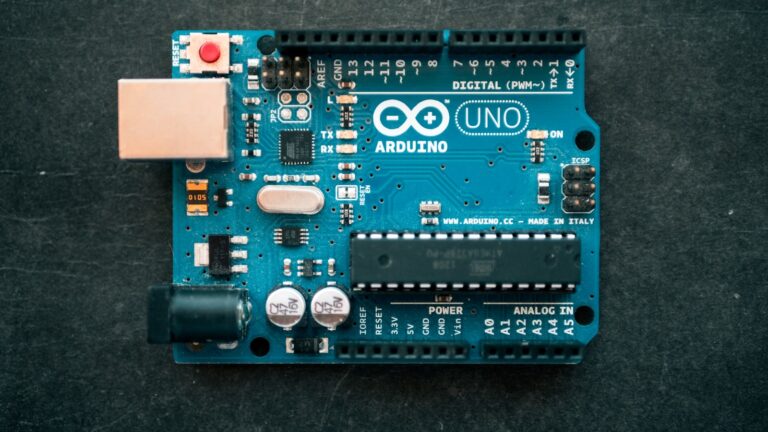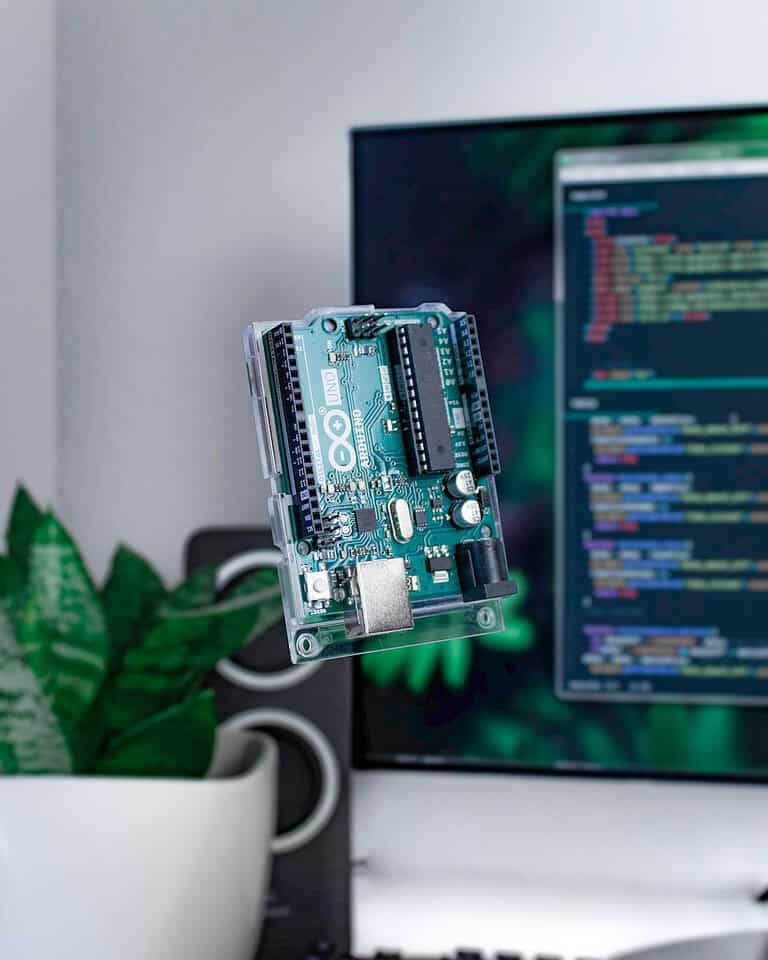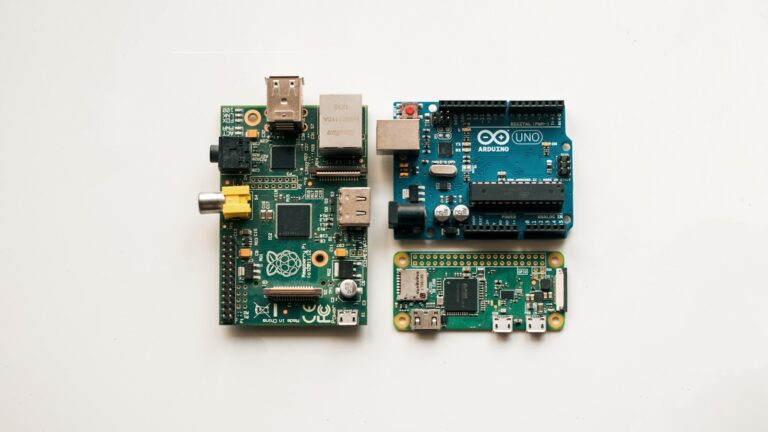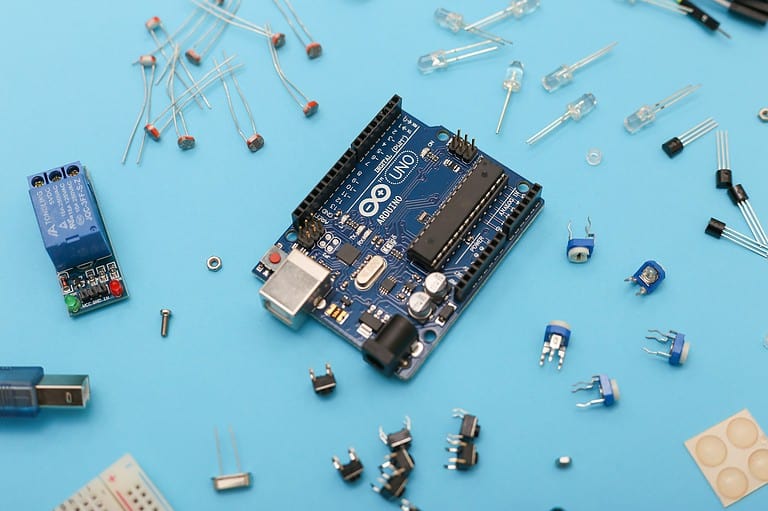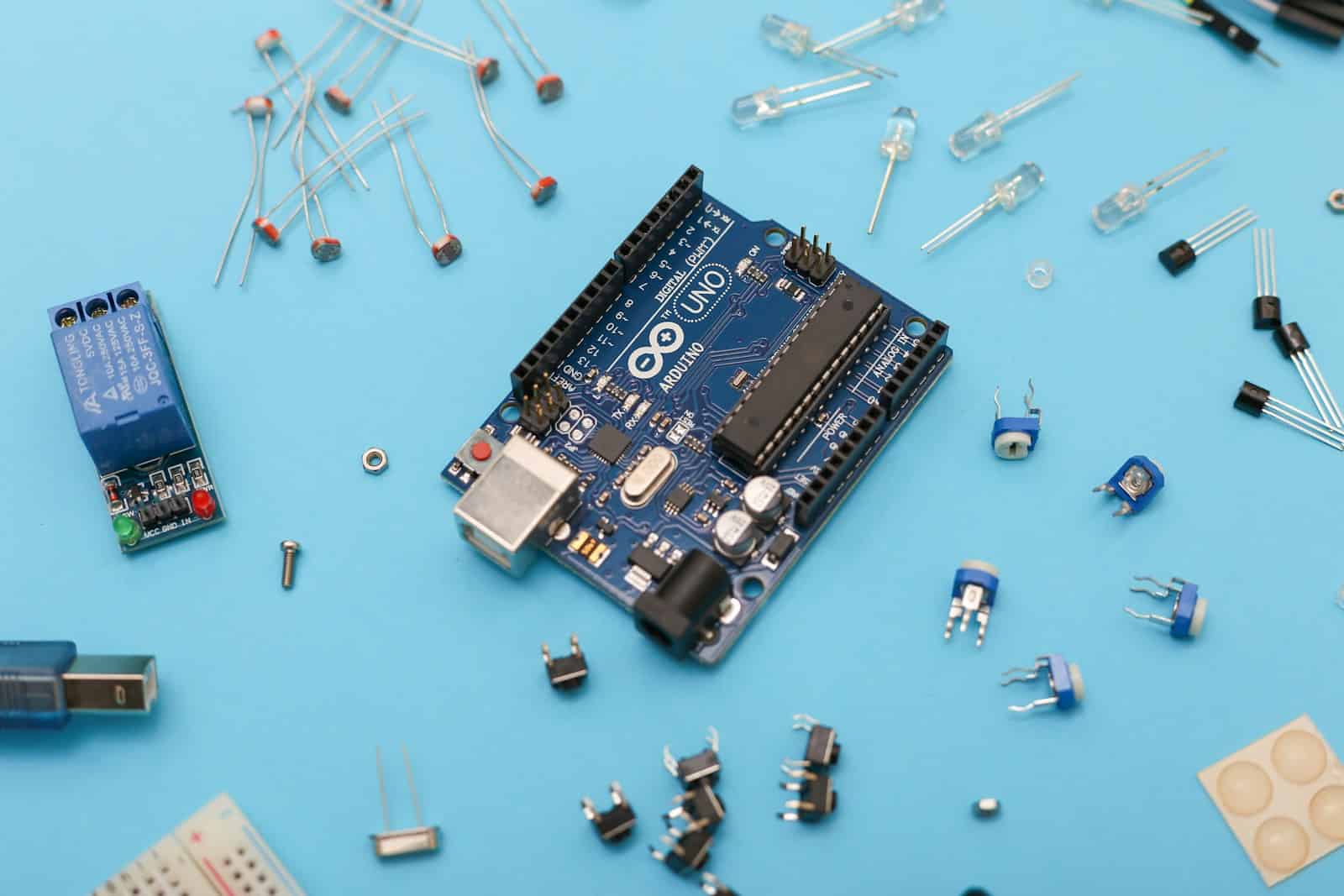
Arduino, a beloved tool among hobbyists and professionals alike, has always been a gateway to simplified embedded programming. As IoT devices continue to surge, integrating Arduino with Microsoft IoT solutions offers a powerful combination. Their synergy promises user-friendly interfaces alongside advanced IoT capabilities.
The importance of this collaboration can’t be understated. Microsoft’s Azure IoT services bring robust cloud solutions to the Arduino ecosystem, enabling devices to connect seamlessly to the cloud and harness comprehensive data analytics. This fusion not only makes IoT more accessible but also pushes the edge of innovation for countless users worldwide.
The future of Arduino and Microsoft IoT means better tools, improved services, and simpler processes. From smart homes to industrial automation, this partnership is shaping a more connected world. It’s a fascinating time for anyone working with or learning about IoT technologies.
Collaborations and Innovations in the IoT Landscape
Arduino and Microsoft: A Powerful Partnership
Arduino, renowned for its user-friendly microcontrollers, and Microsoft, a tech giant with a robust cloud infrastructure, have teamed up to make the Internet of Things (IoT) more accessible. Their collaboration aims to simplify IoT development, enhance security, and foster innovation in this rapidly growing field.
Simplifying IoT Development with Azure
Microsoft’s Azure cloud platform provides a comprehensive suite of tools and services for building and managing IoT solutions. Arduino’s integration with Azure streamlines the process of connecting devices to the cloud, enabling developers to collect, analyze, and act on data in real time. This integration empowers users of all skill levels to create sophisticated IoT projects with ease.
Enhanced Security for IoT Devices
Security is a paramount concern in the IoT landscape. Arduino and Microsoft are working together to implement robust security measures, including device authentication, data encryption, and secure communication protocols. This ensures the protection of sensitive information and builds trust in IoT ecosystems.
Fostering Innovation with Open Source
Both Arduino and Microsoft embrace open-source principles, encouraging collaboration and innovation within the IoT community. Their joint efforts create an ecosystem where developers can share ideas, build upon existing solutions, and accelerate the development of cutting-edge IoT applications.
Table: Arduino and Microsoft IoT Collaboration Highlights
| Feature | Description |
|---|---|
| Simplified Development | Easy integration of Arduino devices with Azure cloud |
| Enhanced Security | Robust security measures for IoT devices |
| Open-Source Ecosystem | Fostering collaboration and innovation |
This collaboration is a testament to the growing synergy between hardware and software in the IoT space. By combining their strengths, Arduino and Microsoft are shaping the future of IoT, making it more accessible, secure, and innovative for everyone.
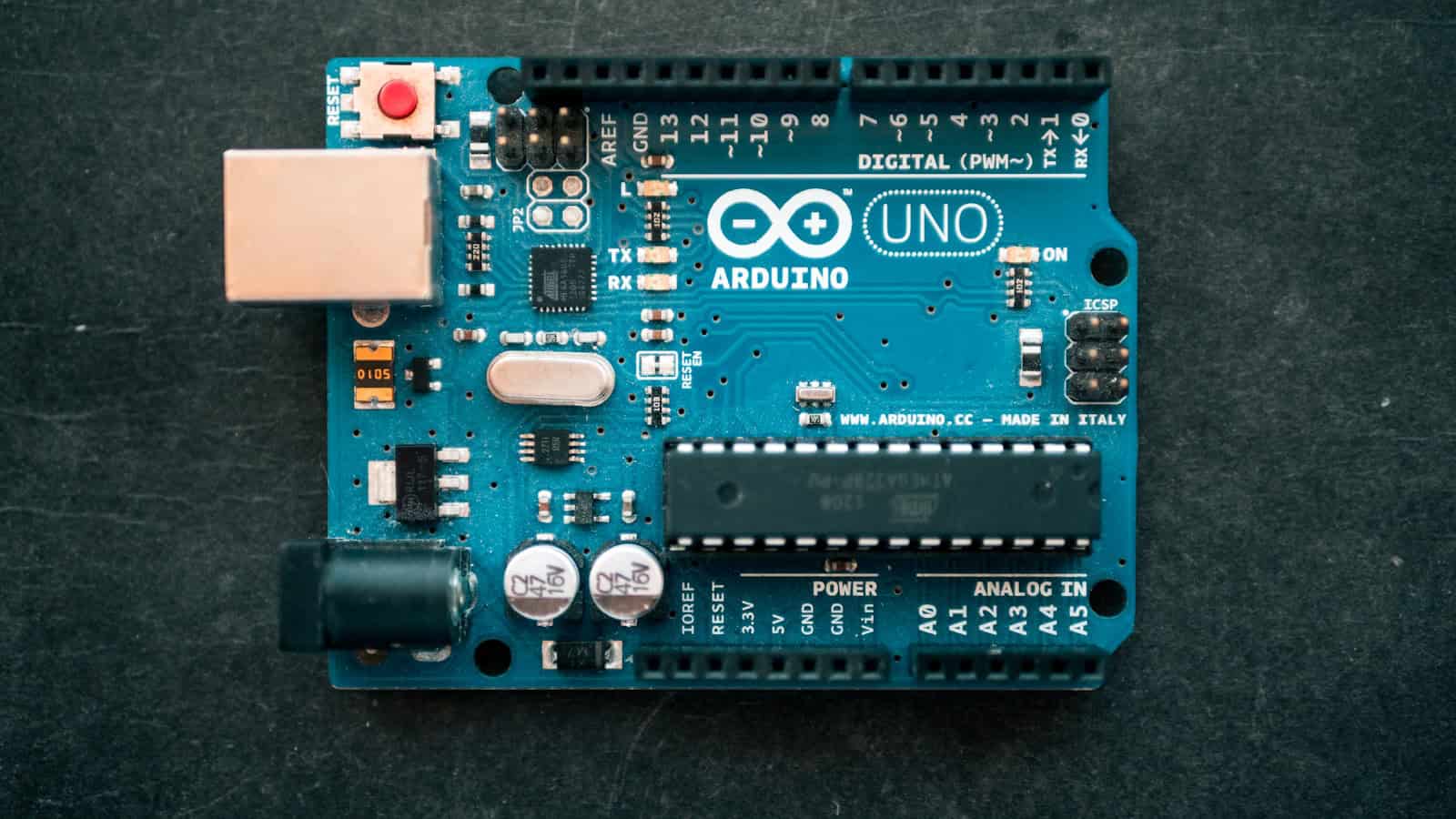
Key Takeaways
- Arduino simplifies IoT prototyping.
- Microsoft Azure IoT offers advanced cloud capabilities.
- Their integration enhances connectivity and innovation.
Building the Foundation with Arduino and Microsoft IoT
Combining the accessibility of Arduino with the power of Microsoft’s Azure IoT enables developers to create smart devices and solutions. This foundation supports a range of applications from simple home projects to advanced industrial IoT systems.
Arduino in IoT: A Starting Point
Arduino is a popular platform for students, makers, and professionals. Its easy-to-use IDE simplifies embedded programming. Arduino boards connect to various sensors, allowing them to collect data like temperature, humidity, and motion.
These boards can send data to other devices or cloud services. Beginner and advanced users can prototype IoT applications quickly. For example, connecting an Arduino with an ESP8266 or ESP32 module provides Wi-Fi connectivity, linking projects to the Internet of Things.
Microsoft’s Role: Cloud Power and Intelligent Solutions
Microsoft provides robust tools through Azure IoT. Azure IoT Hub allows seamless device connection and management. Developers can monitor and control IoT devices, ensuring reliable operation.
Azure IoT offers advanced features like AI and machine learning. These tools analyze sensor data and extract valuable insights. Cloud storage and computing from Microsoft support large-scale IoT solutions. This combination of Arduino and Azure IoT offers powerful, scalable IoT applications.
Advancements and Integration Strategies
Advancements and integration strategies are essential for continuous development and successful deployment of IoT projects. These strategies focus on using development tools and ensuring scalability and security with Azure services.
Development and Deployment Tools
Arduino and Microsoft provide powerful tools for developing and deploying IoT devices. The Arduino IDE is user-friendly and supports a variety of IOT projects. Users can search for the Azure SDK for C library on platforms like GitHub. Installation and use of sample structures for devices like ESP8266 and ESP32 is straightforward. Updating configurations like Wi-Fi credentials and Azure IoT Hub details is done through user-configurable files like iot_config.h.
The Azure Portal offers integrated cloud services that simplify device management and data analytics. The Azure IoT Hub connects, monitors, and manages billions of connected devices reliably. Tools like APIs and documentation help developers integrate IoT services with ease. Access to samples and pre-built modules accelerates development, saving time and resources.
Achieving Scalability and Security with Azure
Using Azure IoT services, achieving scalability and security becomes feasible for large-scale IoT projects. Azure handles massive data from numerous devices, ensuring it is processed efficiently and securely. With built-in security features and protocols, devices and data remain protected from unauthorized access and threats.
Azure’s robust cloud services support data analytics for actionable insights, helping businesses make informed decisions. The Azure IoT SDK provides libraries and tools to streamline secure communication between devices and the cloud. Security measures include encryption, authentication, and access control to maintain device integrity and data privacy.
The Azure IoT Hub offers the necessary infrastructure to scale operations without performance issues. This guarantees seamless connectivity and reliable performance as the number of connected devices grows. Implementing these strategies ensures successful IoT deployment and long-term sustainability.
Frequently Asked Questions
This section addresses questions related to recent trends, integration efforts, and advancements in Arduino-based IoT projects involving Microsoft IoT technologies.
What are the emerging trends in Arduino-based IoT projects?
Emerging trends include the use of advanced sensors and connectivity modules. Developers are increasingly incorporating machine learning features. Projects often target smart home applications, environmental monitoring, and industrial automation.
How is Microsoft integrating its IoT services with Arduino technology?
Microsoft offers the Azure IoT SDK for Arduino, supporting ESP8266, ESP32, and Realtek devices. This SDK simplifies connectivity to Azure IoT Hub. Users can quickly update Wi-Fi credentials and IoT Hub information in iot_config.h.
What advancements in IoT can we expect from the collaboration between Arduino and Microsoft?
The partnership aims to enhance device management, data analytics, and cloud integration. Examples include easier deployment of IoT solutions and better support for real-time data processing and visualization. This collaboration is likely to drive innovation in both DIY and professional IoT applications.
How suitable is Arduino Nano 33 IoT for professional-grade IoT solutions?
Arduino Nano 33 IoT is compact and equipped with a powerful ARM Cortex-M0 processor. It features built-in Wi-Fi and Bluetooth, making it suitable for secure and scalable IoT applications. Its ease of use and flexibility make it ideal for both prototyping and production.
In what ways can Arduino MKR series facilitate the development of IoT applications?
The MKR series combines the functionality of small and large boards, offering low-power operation and connectivity options such as GSM, LoRa, and Wi-Fi. These boards are designed to simplify the integration of IoT solutions, making them accessible for various use cases.
What are the implications of Arduino’s IoT Cloud platform for future IoT development?
Arduino’s IoT Cloud platform enables easy device management and data visualization. It supports seamless integration with Arduino boards and other hardware, reducing development time and complexity. This platform can significantly boost the accessibility and scalability of IoT projects.

